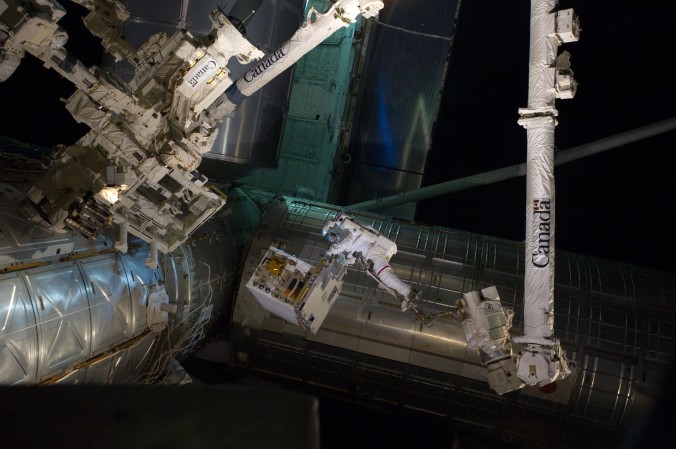When you think science communication you probably picture a lecture hall full of wide-eyed individuals listening quietly to a dense lecture full of power points. Now, there’s nothing wrong with this. I’ve sat through my fair share of lectures and learned a lot from them, but communicating science has come a long way.
Arguably, today’s most important tool for sharing science is Twitter. Twitter currently has 284 million active users. Compare this to Popular Science’s 10,000 iPad subscriptions and you can see the vast opportunity for outreach.
The great thing about Twitter is that it requires information to be boiled down to 140 characters. If you’re active on Twitter, I’m sure you’ve spent more time whittling away at a witty tweet than you’d care to admit. You learn very quickly what the most important part of your tweet is.
Science raises new challenges, though. For instance, my time with the communications department at NASA Goddard Space Flight Center engraved the use of acronyms into my vocabulary. There were acronyms for missions, tools, buildings, and even other acronyms. It was even more fun when different missions and organizations used the same acronym to mean different things, or when acronyms didn’t actually line up with the true names of things.
Because of all of this, acronyms were both a curse and a blessing. Sure, they were short, and great if you were referring to a mission. It was so much easer to type RRM than Robotic Refueling Mission, but if you were weren’t careful, tweets suddenly spiraled in “SSCO’s RRM gets new VIPIR tool for use on ISS.” I can almost promise you that you’ll scroll right past that tweet.
So how do we convey scientific information via Twitter? I argue that we don’t. Twitter isn’t a teaching tool. It’s a curiousity sparker. Instead of trying to spend 140 characters telling you about robots refueling satellites in space, why don’t I show you a cool picture and provide you a link?

07.12.2011 – On July 12, 2011, spacewalking astronauts Mike Fossum and Ron Garan successfully transferred the Robotic Refueling Mission module from the Atlantis shuttle cargo bay to an temporary platform on the International Space Station’s Dextre robot. Photo via NASA Satellite Servicing Capabilities Office.
Research shows that photos are fan favorites on Twitter, and playing on current events attracts attention. Science communicators will benefit most from engaging people, not lecturing them. Utilizing platforms in an efficient and appropriate way is the best (arguably only) way to make sure we’re getting the most out of efforts.
Tomorrow, I’ll be sharing some of my favorite science Twitter users and previewing some great uses of the site. What are some of your favorite accounts to follow, and what kind of material makes you stop scrolling, or better yet, click for more?
Pingback: Tweeting in the name of Science | Communicating Science in Appalachia